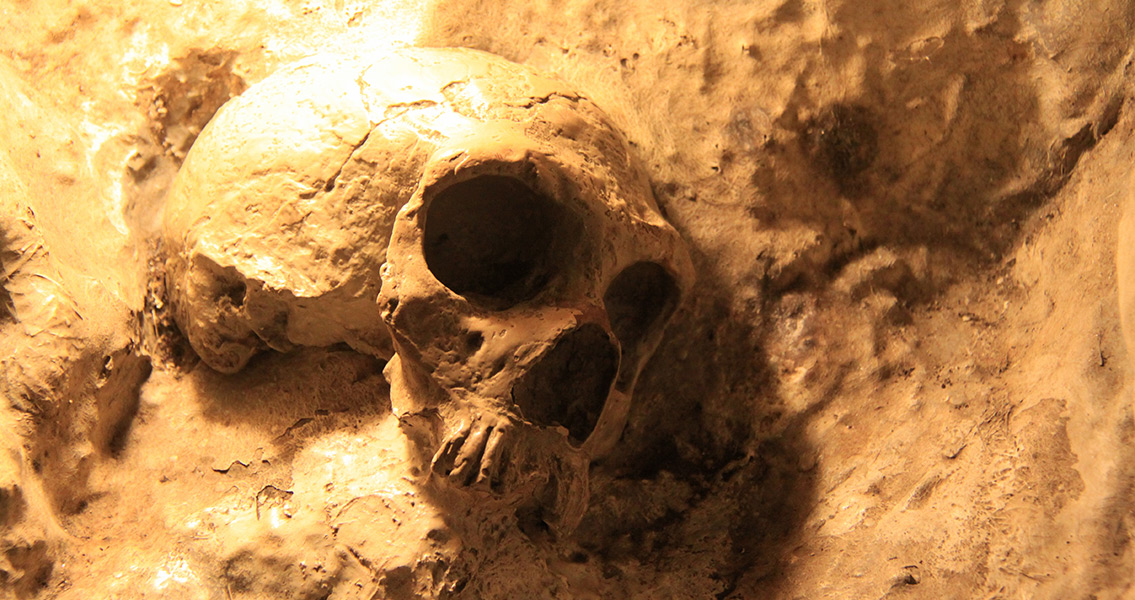<![CDATA[Taiwanese fishermen have caught a large human jawbone that does not fit any of the known human species scientists have studied from the region so far. According to researchers who have had the chance to examine the remains, it is possible that it belonged to a hominin species that lived on mainland China between 200,000 and 10,000 years ago. More precise dating is difficult because of the scarcity of material. The bone is 20.7 mm wide on the side, compared to 14 mm for contemporary remains from Neanderthals. Among the known ancestors of Homo sapiens who lived during the Pleistocene (2.5 million -- 11,000 years ago) in that region were the Neanderthals and the Denisovans, as well as a race of smaller hominids known as the 'Hobbit Human', whose habitat was mostly in the territory of modern Indonesia. The jawbone, dubbed Penghu-1, after the channel in which it was discovered, is substantially larger than any remains from these three species. Still, scientists suppose that Penghu-1 may not have been an entirely separate species but a hitherto unidentified version of Homo erectus, the family to which all the other three belong. What’s particularly fascinating is that the Neanderthals and Denisovans developed narrower jaws and smaller teeth over time, but the jawbone found in China seems to have belonged to a creature that lived more recently than either of these species. The study of the bone was done at the Taiwanese National Museum of Natural Science. Lead researcher Dr Chun-Hsiang Chang told the Mail Online that this discovery shatters scientists’ previously firm belief that East Asia during the late Pleistocene was inhabited only by representatives of Homo erectus. It now seems likely that this unknown human species shared its territory and quite possibly its genes through interbreeding. The species, however, most likely died out before the arrival of H.sapiens some 55,000 years ago, he said. Dr. Chang added that two hypotheses have been formed to explain the find. One is that the features distinguishing the Penghu-1 jawbone from those of its contemporaries reveal a new human species that evolved in Asia in the early Pleistocene, independently of the rest. The other is that these distinctive features resulted from a migratory move made by large-jawed Homo species from Africa into East Asia. Another scientist who took part in the examination of the bone, paleoanthropologist Yousuke Kaifu, says that the find is particularly exciting because it allows for speculation that the species to which it belonged may have survived long enough to meet H.sapiens when they spread into the region. He told Discovery News that the two may have come into contact. The other species with which Penghu-1 may have been in contact is the Denisovan hominin, who lived in Siberia. A study from 2013 identified a DNA variation in fossilized Denisovan remains that originated with another Homo kind, unknown to science. While the possibility of contact between Homo sapiens and this new species remains just speculation for now, researchers have been able to establish that the individual that the jawbone belonged to was an adult, most likely elderly, due to the extent of wear on the teeth. More tests will now be carried out on the jawbone before establishing whether it did indeed belong to a previously unknown proto-human species. Image courtesy of Wikimedia commons user: Bjorn]]>
Giant Human Jawbone Baffles Scientists
